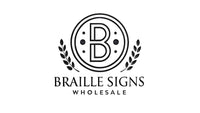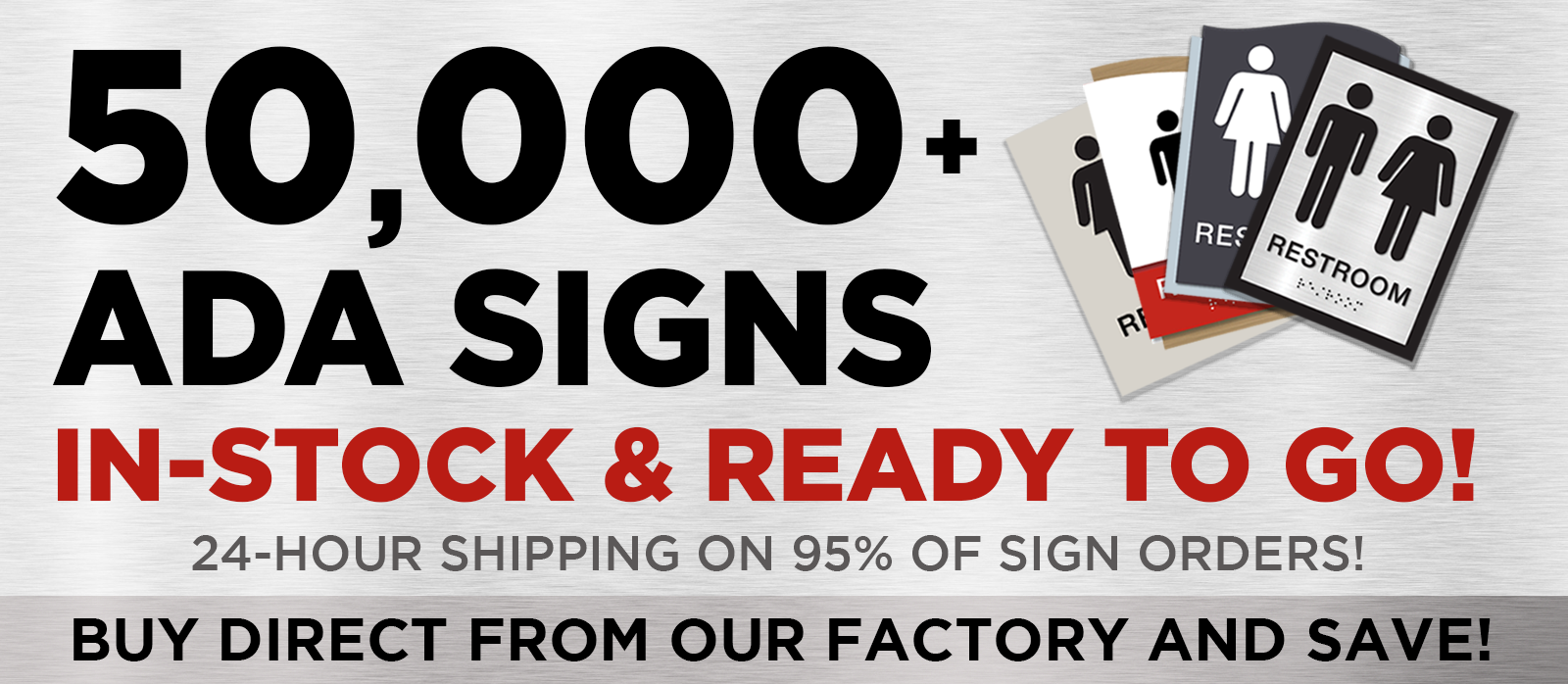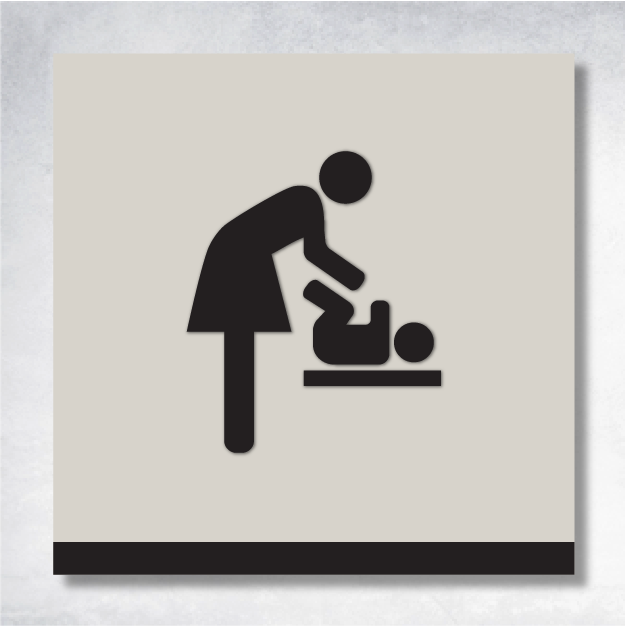Imagine walking into a vast commercial building for the first time. As you navigate through the bustling corridors and stairwells, the clear and strategic placement of signage becomes your silent guide, ensuring you reach your destination with ease. Effective wayfinding is not just about aesthetics; it's a fundamental component of building design that impacts safety, accessibility, and user experience. In this article, we'll explore the roles of corridor signs and stairwell signs in wayfinding, helping you determine which is better suited for your commercial building needs.
The Role of Signage in Wayfinding
Wayfinding signage is crucial in large commercial spaces, guiding visitors, employees, and emergency responders through complex layouts. It enhances the overall experience by reducing confusion and ensuring efficient navigation. Signage, whether in corridors or stairwells, must be strategically placed and designed to meet compliance standards and user needs.
Product Overview: Corridor Signs and Stairwell Signs
Corridor signs are typically used in hallways to indicate direction, room numbers, or facility locations. They are designed to be visible and informative, often incorporating Braille for accessibility. On the other hand, stairwell signs are essential for safety and navigation in multi-story buildings, providing information such as floor levels and emergency exits.
Comparative Table of Key Features
| Feature | Corridor Signs | Stairwell Signs |
|---|---|---|
| Visibility | High visibility in hallways | Focused on emergency visibility |
| Compliance | ADA compliant with Braille options | Fire safety and exit compliance |
| Customization | Highly customizable | Standardized for emergency protocol |
| Typical Usage | Directional and informational | Safety and emergency guidance |
Performance & Usage
Corridor signs excel in guiding individuals through daily navigation, offering clear directions and information. They are particularly effective in office settings where room identification is critical. In contrast, stairwell signs are indispensable during emergencies, providing clear exit routes and floor identification, thus playing a vital role in evacuation procedures.
Pricing & Value
Corridor signs often offer more customization options, which can influence pricing. They provide value through enhanced aesthetics and brand consistency. Stairwell signs, while often more standardized, are crucial investments in safety, potentially reducing liability during emergencies.
Reviews & Feedback
Customer feedback highlights the importance of clarity and durability in both sign types. Corridor signs are praised for their design flexibility, while stairwell signs receive positive reviews for their robust compliance with safety standards. Users appreciate the peace of mind provided by clear, reliable signage.
Pros & Cons
Corridor Signs:
- Pros: Highly customizable, enhances brand identity, aids in everyday navigation.
- Cons: May require frequent updates with layout changes.
Stairwell Signs:
- Pros: Essential for safety, complies with fire regulations, durable.
- Cons: Limited customization options.
Final Verdict
For everyday navigation and brand consistency, corridor signs are invaluable. However, for safety and compliance, particularly in emergency situations, stairwell signs are indispensable. The choice between the two depends on your building's specific needs, but ideally, both should be integrated for comprehensive wayfinding.
FAQs
Q: Are both sign types required for compliance?
A: Yes, both corridor and stairwell signs are necessary to meet ADA and fire safety regulations.
Q: How often should signage be updated?
A: Signage should be reviewed and updated with any layout changes or regulatory updates.
Call to Action (CTA)
Evaluating and upgrading your building's signage is crucial for safety and user experience. Consider the specific needs of your facility and ensure your wayfinding signage is up to date and compliant. Visit our website to explore our range of customizable corridor and stairwell signs, designed to meet your unique requirements.









